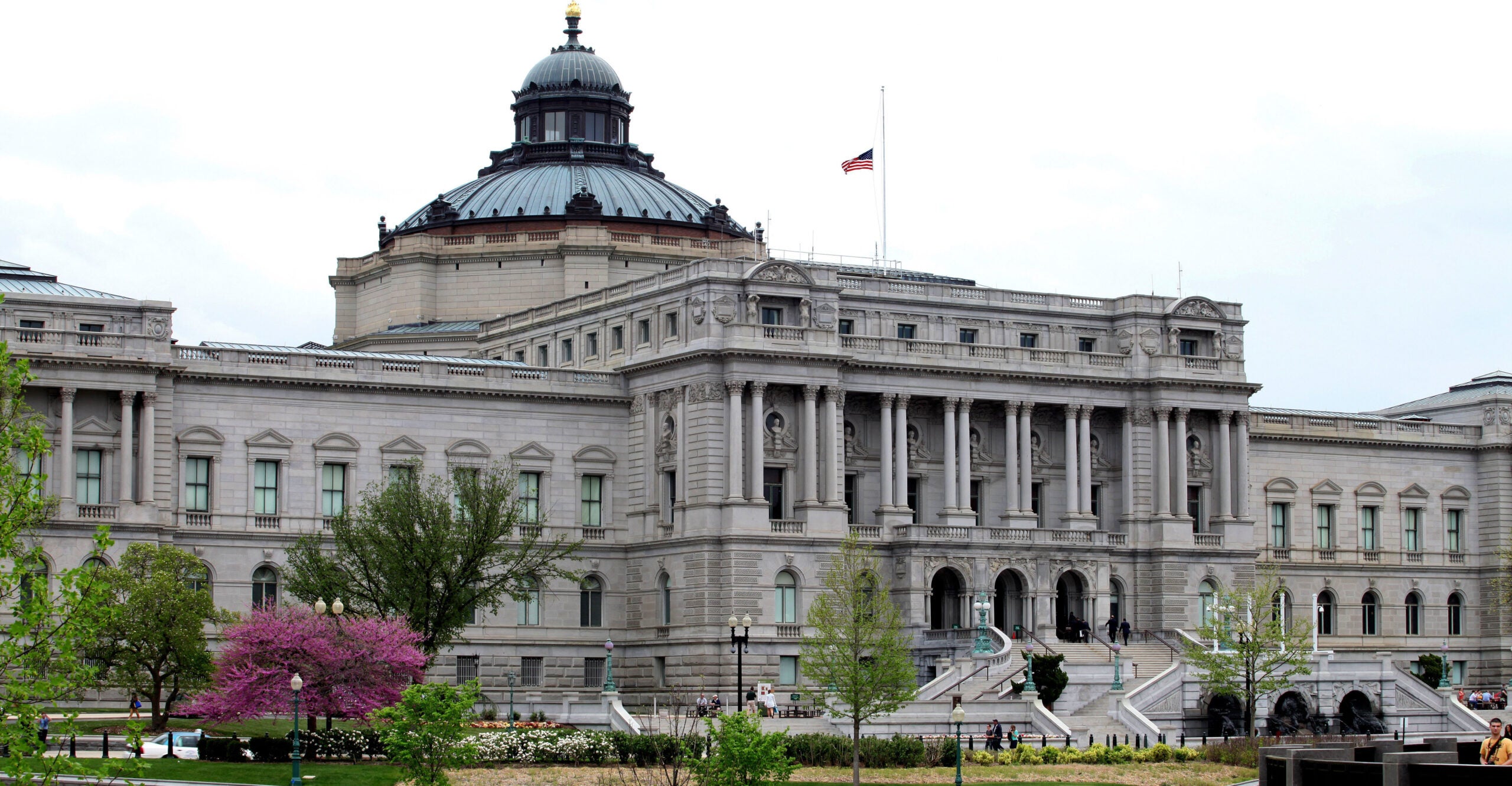


On Jan. 20, President Donald Trump signed an executive order to “Make Federal Buildings Beautiful Again,” calling for a return to neoclassical architecture in federal construction. To some, this may seem like mere aesthetic preference. But a look back at the history of American architecture reveals that there is a lot more to modern art than meets the eye.
Trump’s order is a rebuke of the architectural mediocrity that has overtaken our nation’s capital. It draws a line in the sand: Neoclassical architecture, meant to reflect the ancient ideals of symmetry and proportion, should be the default for our civic spaces—as opposed to the soulless glass and concrete blocks of “brutalism” that permeate Washington today.
Neoclassical architecture is not outdated; it is timeless, rooted in the principles of harmony, proportion, and human scale. It endures because it reflects the things we inherently long for: order, dignity, meaning. In our increasingly fragmented age, it reconnects us with something permanent. Beauty is not a luxury, but a civic necessity.
The mere title of Trump’s order invokes the question: When did we shift from the neoclassical to the progressive style of modern art?
To answer this question, architectural historians point to the early 20th century and the trio of modernism’s founding fathers: Walter Gropius, Mies van der Rohe, and Le Corbusier. Their sleek geometric boxes of glass and steel became synonymous with “progress.”
But their vision didn’t arise in a vacuum. It was the culmination of a deeper philosophical shift long in the making.
The Industrial Revolution, beginning in 18th-century Britain and arriving in the U.S. by the 19th century, brought new materials—iron, steel, and, eventually, reinforced concrete—that allowed buildings to rise higher and span wider.
Even as late as the mid-19th century, these innovations were dressed in traditional forms: Gothic facades, neoclassical orders, familiar silhouettes. Function had not yet eclipsed form.
Then came London’s Crystal Palace in 1851, a revelation in cast iron and glass. Its vast transparency and towering scale stunned the world. Traditional columns and ornamentation were gone. Instead, it inverted the rules of classicism, appearing top-heavy and weightless, a cathedral of industry.
In the following decades, engineers and architects, specifically in America, embraced steel-frame construction. The 1880s post-Chicago fire building boom made clear that the future belonged to those who could build fast, tall, and efficiently. Aesthetic considerations became secondary.
Then, the ideology arrived. In 1896, American architect Louis Sullivan famously declared that “form follows function,” a maxim that reverberated across continents. Walter Gropius took it to heart when he founded the Bauhaus School in 1919. Le Corbusier followed by founding L’Esprit Nouveau, a magazine declaring ornament a “crime” and tradition a “shackle.”
Architecture, once the art of a building, became a theory of abstraction.
At its core, modernism rejects inherited wisdom, seeking to sever architecture from the past—and from the people.
The real turning point came after World War II, when cities around the globe faced an urgent need to rebuild. Modernism offered simplicity, affordability, and speed. Governments embraced it through zoning, permits, and other means. Universities institutionalized it. Public housing projects adopted its uniformity.
By the 1960s, American urban skylines were overtaken by glass monoliths and concrete bunkers.
Sequentially, the suburb was born. Real estate engineer William Levitt pioneered a model for mass-producing homes which became the blueprint for postwar domestic life: standardized, affordable, and automobile-oriented. The goal was scale, and soul was lost.
Many of our cities today, especially Washington, are speckled with boxy, concrete buildings of brutalism. The architectural degradation can be seen on a short walk around Capitol Hill.
At the top of the Hill, just past the Capitol building, sits the Jefferson Building of the Library of Congress. Finished at the height of the Gilded Era in 1897, that building provides a magnificent example of the Beaux-Arts style, adorned with reminders of our history and leading literary and philosophical figures.
As you descend the Hill, you’ll see the three U.S. House office buildings in order of construction, which visually represent the shift from neoclassical to modernist architecture.
Then, finally, you’ll be confronted with the brutalist Department of Health and Human Services building.
These two bookend buildings—the Jefferson Building and the HHS building—were opened and dedicated only 80 years apart.
Standing there, on the south corner of the Capitol, I find myself afraid we have taken for granted the beauty of the ancient, time-tested styles of old. But thankfully, the American people are beginning to realize this as well. We’re rediscovering what earlier generations took for granted – architecture is more than utility. It shapes how we feel and how we live.
Take Winston Churchill’s word for it: “We shape our buildings; thereafter they shape us.”
Trump’s executive order may not reverse a century of architectural ideology overnight. But it marks a turning point—a moment to ask what kind of nation we want to be. The answer? We want to be the one that we were designed to be and the one that we want to leave behind.
America’s environment should reflect its ideals, not reject its heritage. Perhaps, with the stroke of a pen, we’ve taken the first step toward building beautifully once again.
